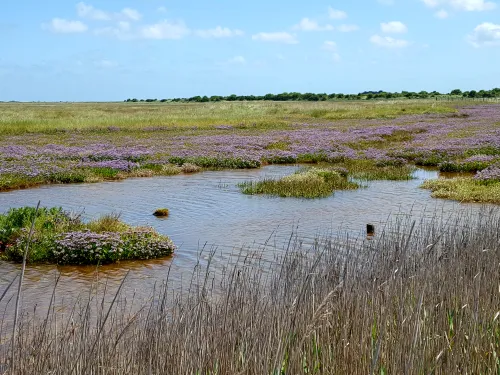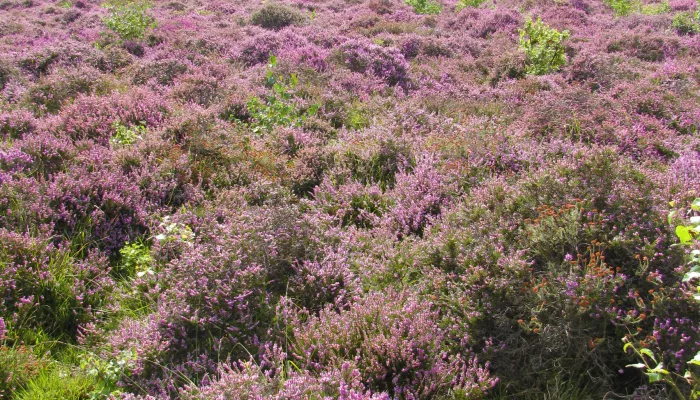
What my Kent Wildlife Trust membership means to me
Teacher, campaigner, and member Kerry Sabin-Dawson talks all about her membership journey in this blog.


Teacher, campaigner, and member Kerry Sabin-Dawson talks all about her membership journey in this blog.

Temple Ewell is a proud to be the pilot school for Chough Champions, a recent addition to the Wilder Kent Awards. Learn more about the initiative here.

In this guest blog, member Joanna Boult talks about what membership means to her and her family.